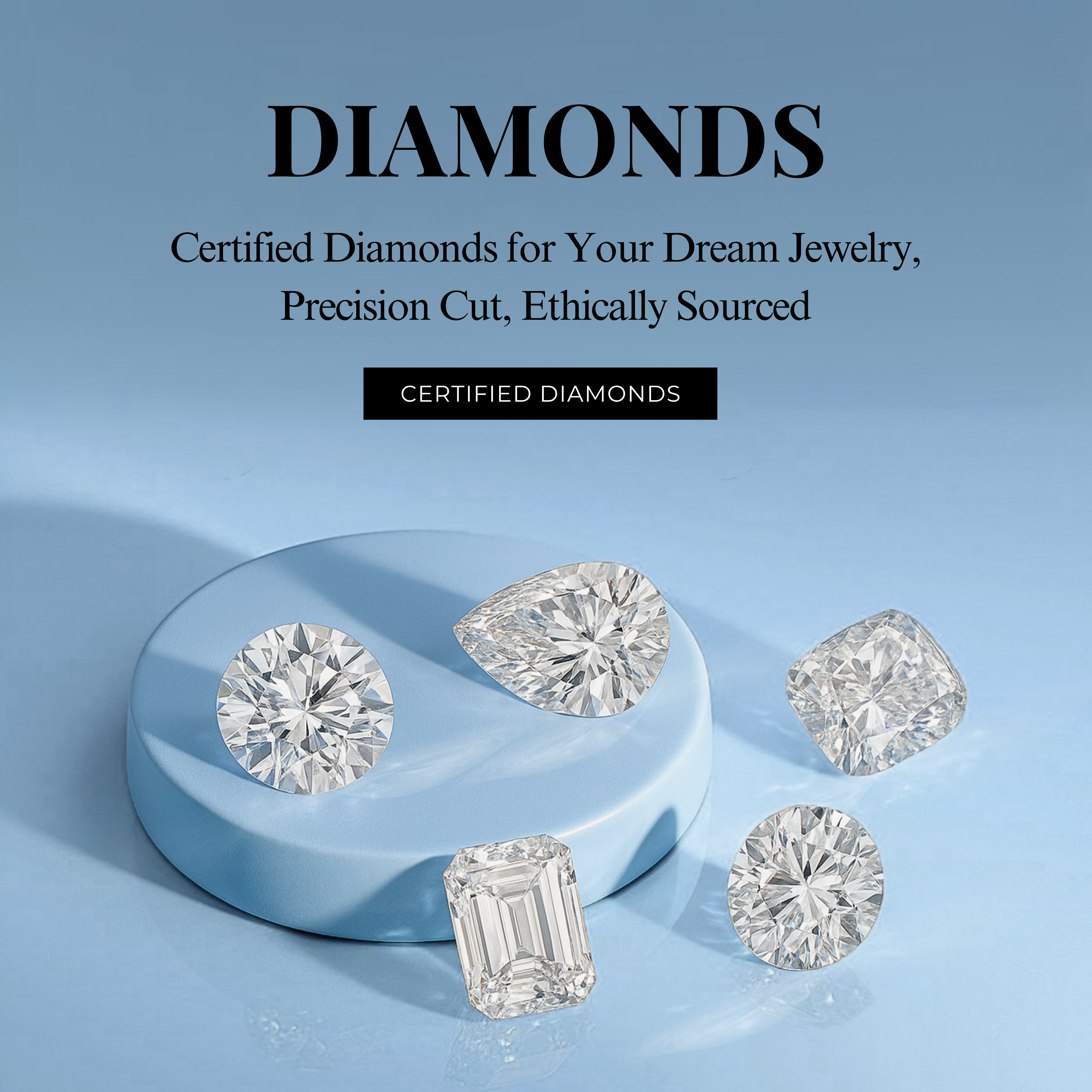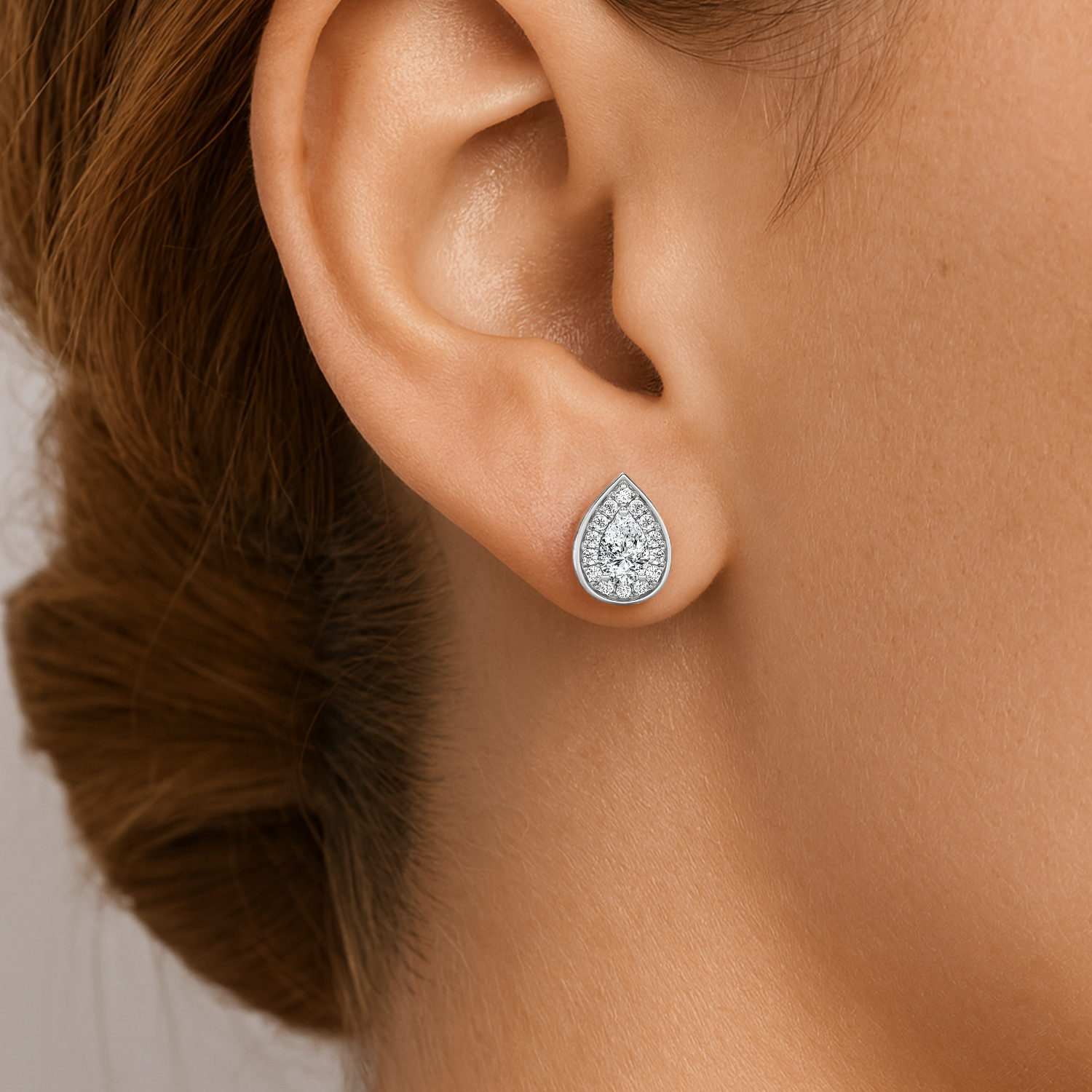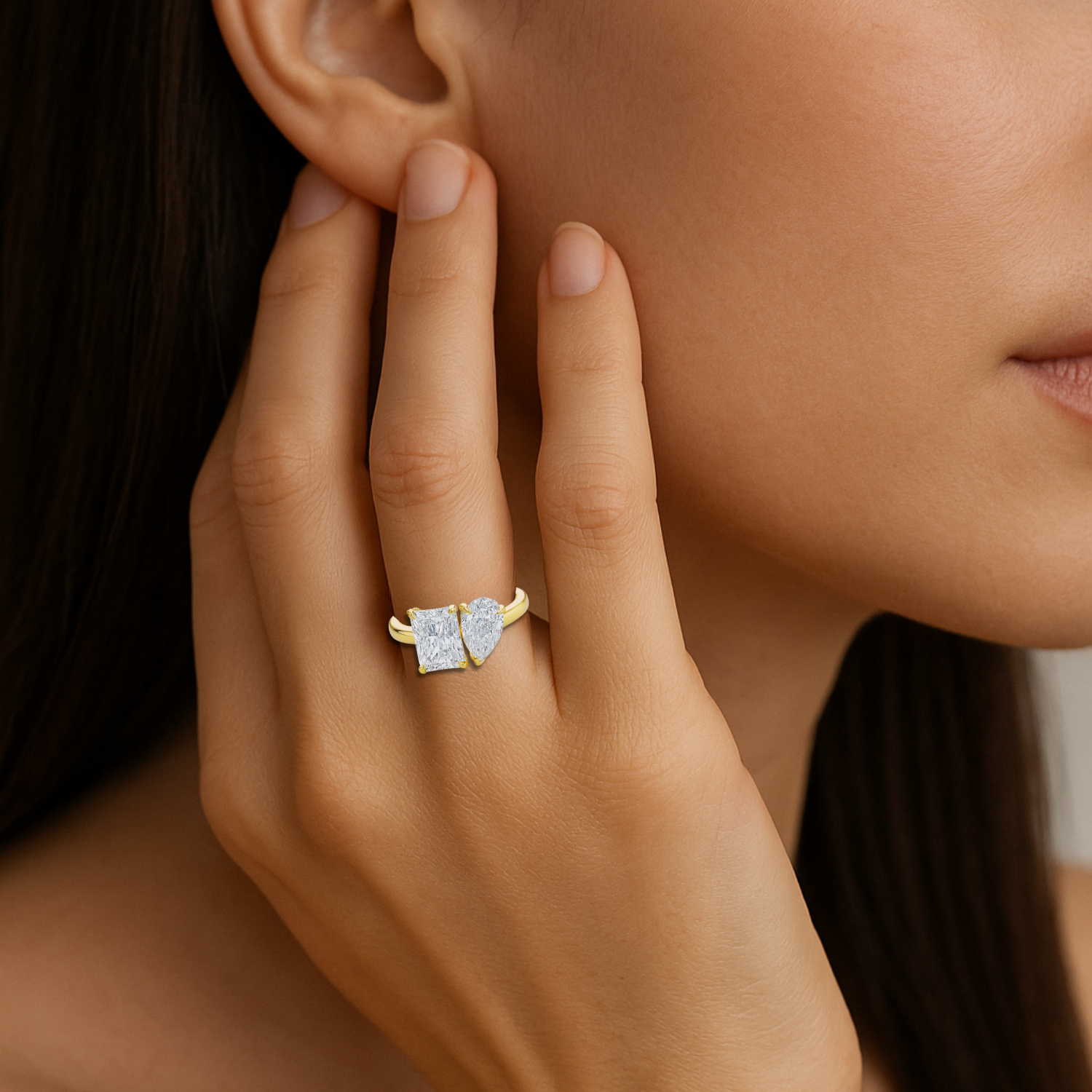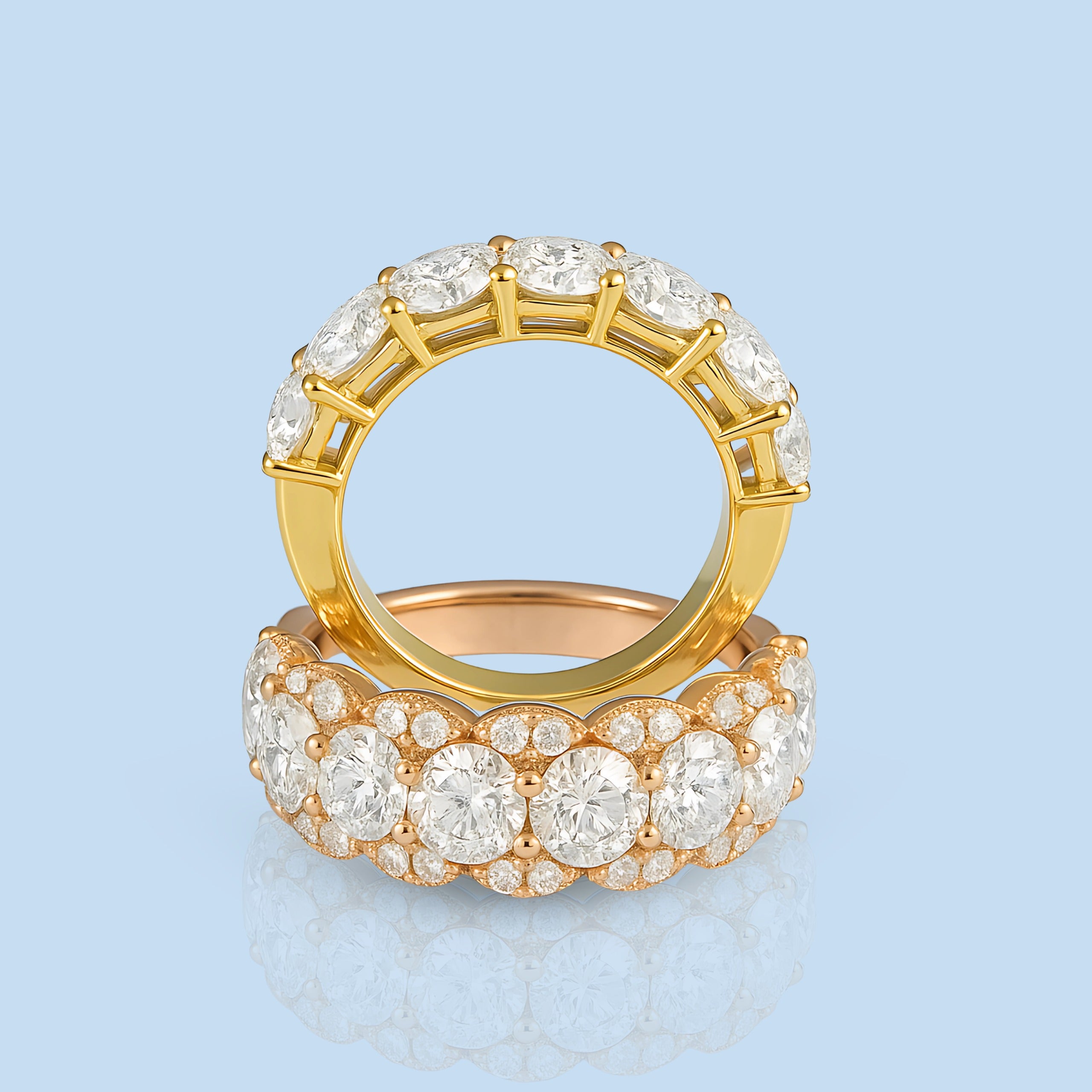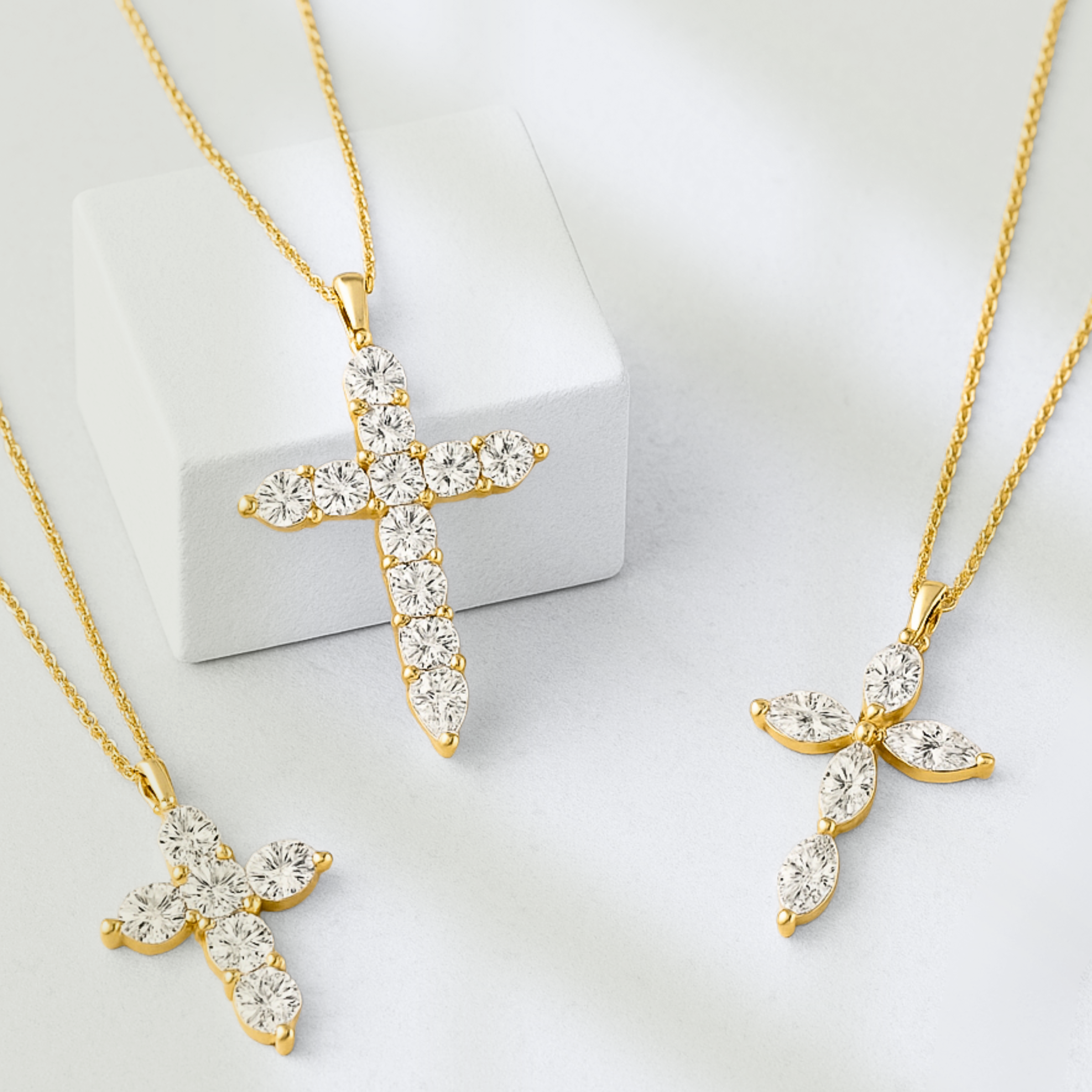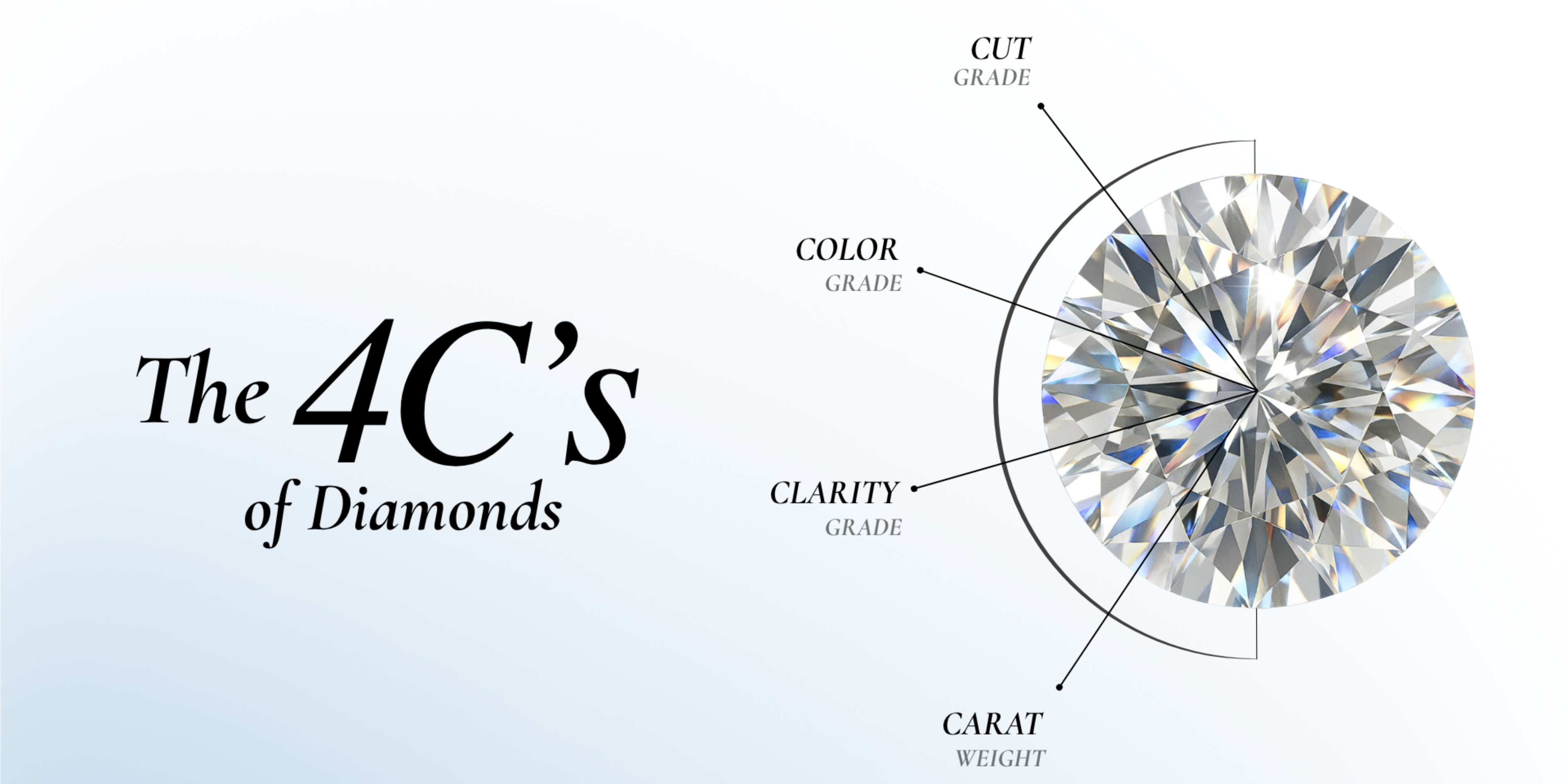
GIA vs IGI: Why Diamond Certification Matters for Lab-Grown Diamonds in 2026
Lab-grown diamonds have surged in popularity due to their responsible and eco-friendly appeal, remaining budget-friendly too. Many buyers, however, wonder about confirming that their diamond is genuine and high-quality. The answer lies in proper certification from top laboratories such as the International Gemological Institute (IGI) and the Gemological Institute of America (GIA). In 2026, understanding the differences in GIA vs IGI certification has become crucial for buyers. Certified reports foster consumer trust and ensure that respected companies like Fine Diamond uphold high standards while diamond technology and buyer expectations evolve.
What Is Diamond Certification?
A diamond’s passport is its certification or grading report. This document objectively confirms a diamond’s properties. You’ll find details like the diamond’s origin, treatments, and the 4C's: cut, color, clarity, and carat.
Reports also specify the growth method, such as HPHT or CVD, ensuring the diamond’s authenticity and ethical sourcing.
Certification matches a diamond with its description and shields buyers from misrepresentation. This transparency is crucial for confidence throughout the buying process.

Who Are IGI and GIA?
-
IGI: Originating in 1975, IGI remains a pioneer in lab-grown diamond certification. IGI uses the 4Cs and provides thorough information on treatments and development methods. Its comprehensive reports, swift service, and strong industry presence make IGI certification preferred by many in the lab diamond sector.
-
GIA: GIA has built its legacy since 1931 as a leading authority for diamond grading. Every stone is laser-inscribed as "laboratory-grown." Since 2007, GIA certifies lab-grown diamonds, providing clarity, color, and cut grades. In 2025, GIA shifted methods to include broader categories such as "Premium" and "Standard," aligning with market trends and consumer interests.
| Feature | IGI (International Gemological Institute) | GIA (Gemological Institute of America) |
| Reputation | Well-respected, especially for lab-grown diamonds | Gold standard, highly respected worldwide |
| Founded | 1975, Belgium | 1931, USA |
| Report Turnaround Time | Faster, often just a few days | Slower, about 3-4 weeks |
| Price | More affordable certification fees | More expensive certification fees |
| Focus | Leading authority on lab-grown diamonds | Natural and lab-grown diamonds |
Read More: Best 10 Diamond Shapes for Lab-Grown Diamonds in 2026
Why Certification Matters for Lab-Grown Diamonds
1. Ensures the Authenticity of the Stone
A diamond certified by GIA vs IGI labs assures genuine origin. Such certification confirms your stone is a real diamond cultivated using advanced lab technology—not a simulant such as cubic zirconia or moissanite.
2. Assures Quality and Transparency
Certified reports detail every critical aspect including cut, color, carat, polish, clarity, fluorescence, symmetry, and growth method. These objective details help buyers compare diamonds with accuracy, eliminating unpleasant surprises after purchase.
3. Protects Your Investment
Diamonds with valid third-party certification, like GIA and IGI, command greater value and are easier to insure, trade in, or resell. Lack of certification risks overpricing and deception, putting investment at risk.
4. Confirms Ethical and Sustainable Origin
Certification verifies that your lab-grown diamond abides by fair labor, ethical sourcing, and eco-friendly standards. For example, IGI’s reporting provides clarity on laboratory origins, letting you purchase with confidence about your environmental impact.
5. Supports Brand and Consumer Trust
Third-party validation adds transparency, especially when buying certified stones from trusted retailers like Fine Diamond. This fosters trust and lasting satisfaction for every customer.
GIA vs IGI: Which Certification Should You Choose?

Both IGI and GIA are well-respected and deliver rigorous analysis of each stone. GIA often promotes higher resale value and is regarded by many as the market standard. IGI, praised for its thorough grading and quick, cost-effective certification, is popular for many lab-grown diamonds. Most U.S. jewelers and online merchants prefer IGI for lab-grown stones due to its efficient process.
For most buyers, choosing a lab-created diamond with an IGI or GIA certificate means a beautiful, authentic, and traceable gem. Your decision may depend on the retailer’s offerings, your preferences, and the diamond’s intended use—such as investment, engagement, or custom design.
Subscribe to our newsletter for quick updates on our blogs!
Key Points in a Certified Lab-Grown Diamond Report
-
Certificate number and lab logo (GIA or IGI)
-
Accurate grading details for the 4Cs
-
Declared growth method (HPHT or CVD)
-
Any notes on treatments or enhancements
-
Secure laser inscription for extra verification
Always verify that your diamond comes with a valid, official grading report instead of a retailer’s in-house certificate.
GIA vs IGI Certification: Confidence in 2026
GIA vs IGI certification gives your diamond purchase authenticity, quality, and trustworthiness in a rapidly growing market. The gold standard is working with laboratories recognized for strict protocols such as GIA and IGI.
Every lab-grown diamond from Fine Diamond is carefully curated and comes with complete certification. This commitment aligns with your sustainable values and investment protection.
Are you ready to select a genuine lab-grown diamond and create a piece that reflects your unique story? Experience the beauty, security, and peace of mind offered by expertly certified stones in Fine Diamond’s collection today.


 Round
Round  Marquise
Marquise  Asscher
Asscher  Princess
Princess  Cushion
Cushion  Pear
Pear  Heart
Heart  Emerald
Emerald  Oval
Oval  Radiant
Radiant 